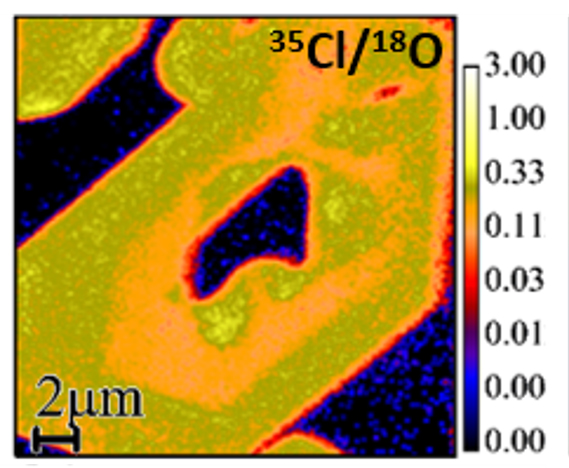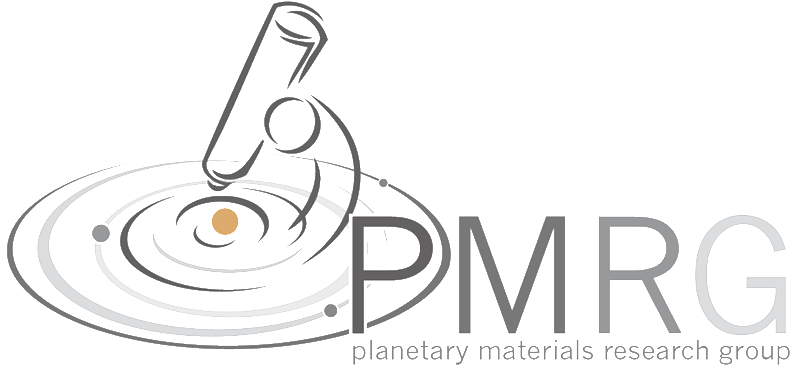We use microanalytical techniques to investigate the petrology, geochemistry, space weathering, and volatile history of the Moon using lunar samples returned by the Apollo and Luna Missions as well as lunar meteorites. We investigate the textures and mineralogy of samples using a combination of backscattered electron imaging and energy dispersive spectroscopy, which can be done using a scanning electron microscope or electron probe microanalyzer (EPMA). With EPMA we can also determine the stoichiometry of mineral phases and the chemistry of glasses within samples down to the micrometer scale. To determine the isotopic composition and abundances of volatile elements in lunar samples we utilize nanoscale secondary ion mass spectrometry (NanoSIMS). With this technique we have shown, for example, that water in the Moon shares as common heritage with water in the Earth’s interior and asteroids like Vesta (e.g., Barnes et al., 2014 Earth and Planetary Sciences 390, 244-252).

The isotope ratio image shows an apatite crystal (chemical formula: Ca5(PO4)3[F,Cl,OH]) in a sea of residual glass in an Apollo 12 basalt. The image shows that the apatite contains more chlorine (yellow) relative to the glass (dark blue), and that the distribution of chlorine within the apatite is heterogeneous at sub-micrometer scale. The 35Cl/18O isotope image was collected using a NanoSIMS 50L instrument.
Members of the group are also engaged in a project under the umbrella of Apollo Next-Generation Sample Analysis (ANGSA). The release of sample 71036 presents a unique opportunity to study volatiles in a basalt that has been frozen and specially preserved since its return, and to compare those results with basalts of similar bulk chemistries that have been stored at room temperature. This exceptional suite of basalts also offers a chance to unravel the history of volatile loss on the Moon, from the onset of mineral crystallization through vesicle formation, sampling, and subsequent curation. We are carrying out a detailed study of the major, minor, and volatile element chemistry (including H isotopes) of H-bearing minerals and melt inclusions in four Apollo 17 basalts, and will determine the U-Pb and Ar ages of the basalts.


